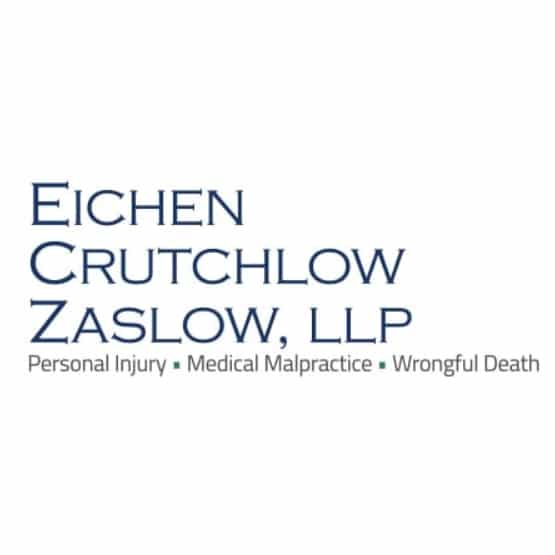Jardiance and Farxiga: Lower Limb Amputations and Flesh-Eating Genital Infections
 A specific class of prescription medications designed to treat high blood sugar levels in those with type 2 diabetes called sodium-glucose cotransporter-2 (SGLT-2) inhibitors have been associated with side effects such as dizziness upon standing, feeling faint or lightheaded, as well as more adverse effects such as lower limb amputations and Fournier’s gangrene, which is a necrotizing fasciitis of the perineum.
A specific class of prescription medications designed to treat high blood sugar levels in those with type 2 diabetes called sodium-glucose cotransporter-2 (SGLT-2) inhibitors have been associated with side effects such as dizziness upon standing, feeling faint or lightheaded, as well as more adverse effects such as lower limb amputations and Fournier’s gangrene, which is a necrotizing fasciitis of the perineum.
A JAMA Network Journal article found that there is an association between the use of SGLT2 inhibitors and the risk of lower limb amputations, peripheral arterial disease, osteomyelitis, and venous ulceration in patients with type 2 diabetes as compared to other treatments for type 2 diabetes. The U.S. Food and Drug Administration (FDA) issued a safety warning about the risk of SGLT2 inhibitors causing the increased risk of lower leg and foot amputations.
An observational study published in the BMJ found that patients taking Farxiga and Jardiance had twice the risk of lower limb amputations as compared to other type 2 diabetes medications. Another SGLT-2 drug, Invokana, has a FDA “black box” warning after they issued a safety warning in May 2016.
Genital area infections from SGLT-2 inhibitors
Another rare but serious side effect associated with the use of the SGLT-2 class of type 2 diabetes medications is the rare occurrence of a serious infection of the genital area called Fournier’s gangrene, which is a necrotizing fasciitis of the perineum. The FDA is requiring a new warning about the risk to be added to both the prescribing information and patient information.
Some of the symptoms of Fournier’s gangrene include:
- Tenderness, redness or swelling of the genitals back to the rectum
- Fever of 100.4
- General feeling of unwell
The FDA communication warns that these symptoms can worsen quickly, so it is vital to seek medical attention right away. The treatment for Fournier’s gangrene may be an immediate course of broad-spectrum antibiotics. The SGLT-2 inhibitor should be discontinued, the patient’s blood glucose levels should be closely monitored, and alternative type 2 medications should be given. (MedScape)
FDA-approved SGLT-2 inhibitors for type 2 diabetes
- Invokana
- Invokamet
- Invokamet XR
- Farxiga
- Xigduo XR
- Qtern
- Jardiance
- Glyxambi
- Synjardy
- Synjardy XR
- Steglatro
- Segluromet
- Steglujan
The Food and Drug Administration tracks adverse effects from medications, and they urge patients and health care professionals to report the side effects they experience from taking SGLT-2 inhibitors, or any other medicine. You can complete and submit the adverse drug effects report online through the MedWatch program.
Other serious side-effects from SGLT-2 inhibitors
While not every SGLT-2 inhibitor user will develop a flesh-eating infection, or end up losing a limb, patients should be aware of other serious side effects. They include:
- Dehydration
- Ketoacidosis
- Kidney damage
- Urinary tract infections
- Low blood sugar
- Weight loss
- Back pain
- Yeast infections
- Rash
These dangerous adverse effects from taking dangerous drugs cause potentially life-changing complications in a person’s life. The amputation of a foot or toes can be tremendously painful, cause a person to lose time at work and incur significant medical expenses, and in some cases, injured people have died from an adverse drug injury. A skilled New Jersey dangerous drug attorney from Eichen Crutchlow Zaslow will support you in pursuing a product liability lawsuit against the drug manufacturer.
New Jersey medical product liability lawyers at Eichen Crutchlow Zaslow, LLP are here to fight for compensation on your behalf. With offices conveniently located in Edison, Red Bank, and Toms River, we serve clients throughout New Jersey. Call us today at 732-777-0100 or contact us online for a free consultation.

Eichen Crutchlow Zaslow, LLP has purposely remained small in size, because it is important to us that we get to know our clients and their needs. Larger NJ injury firms may churn out case after case, but that’s not how we operate. Partners Barry Eichen, William Crutchlow, and Daryl Zaslow have created a firm with the resources to handle complex litigation, and a team that takes your case personally.
Find out more about Eichen Crutchlow Zaslow, LLP
